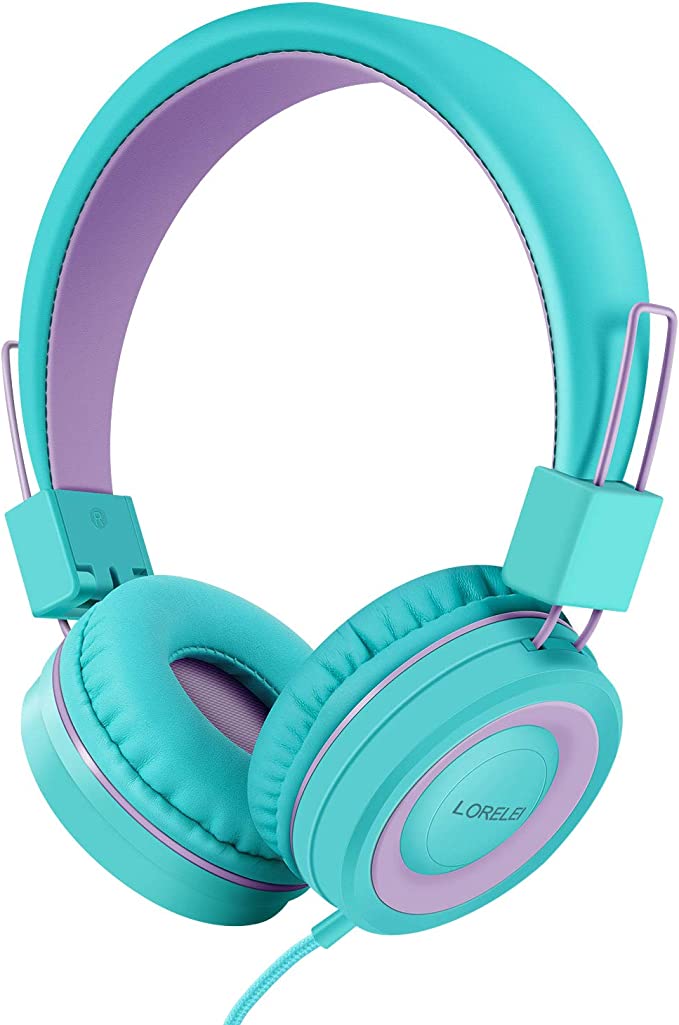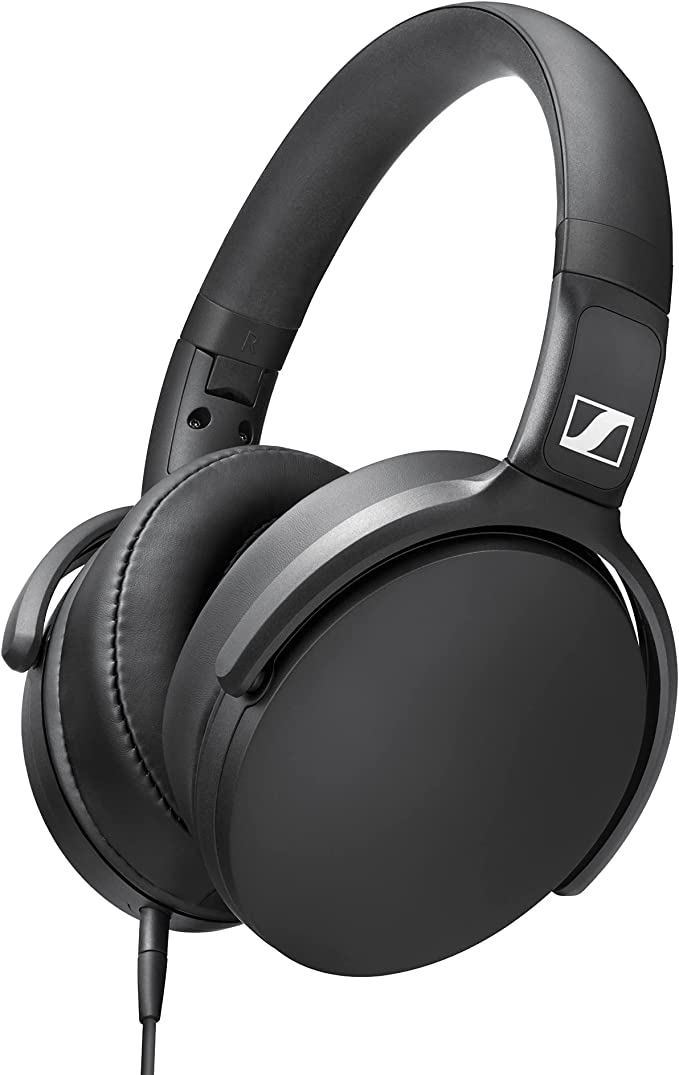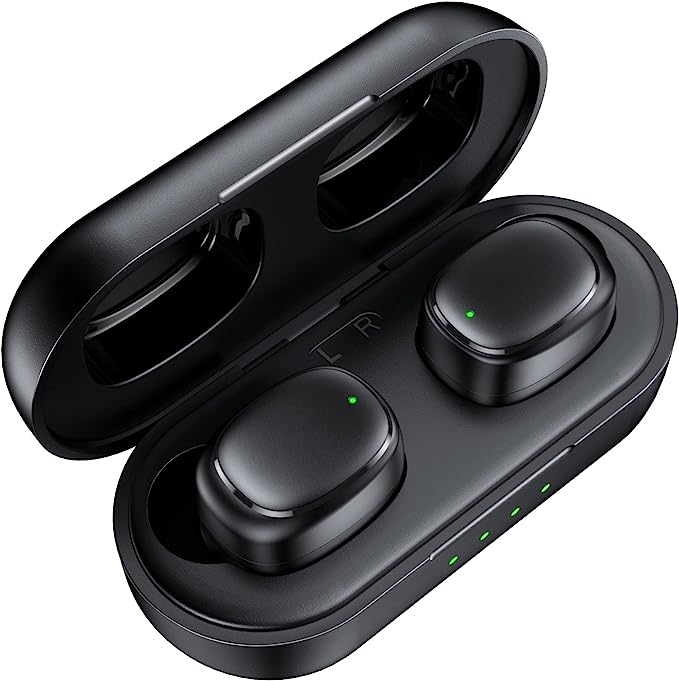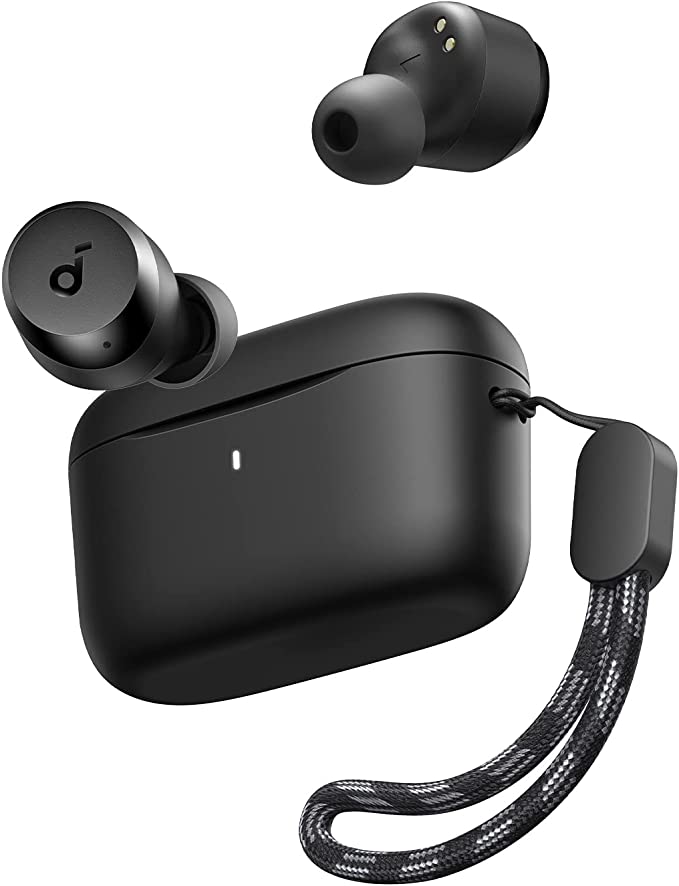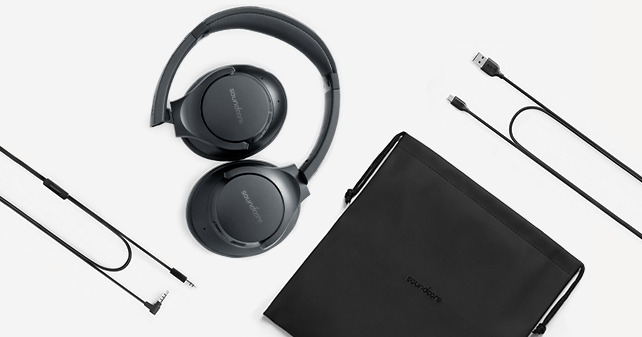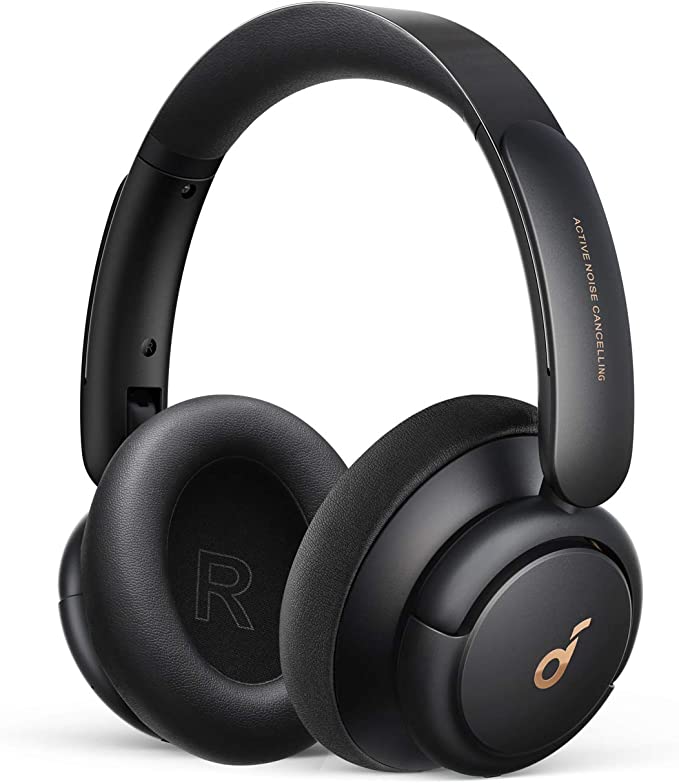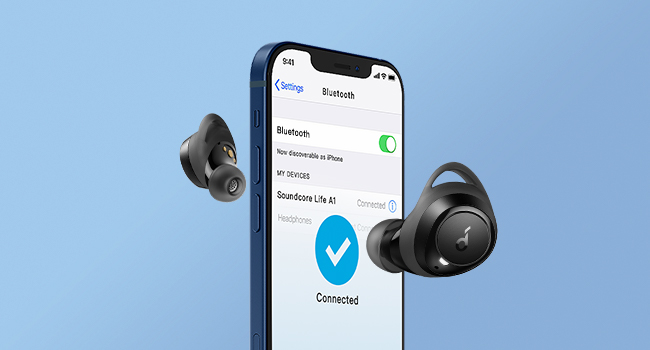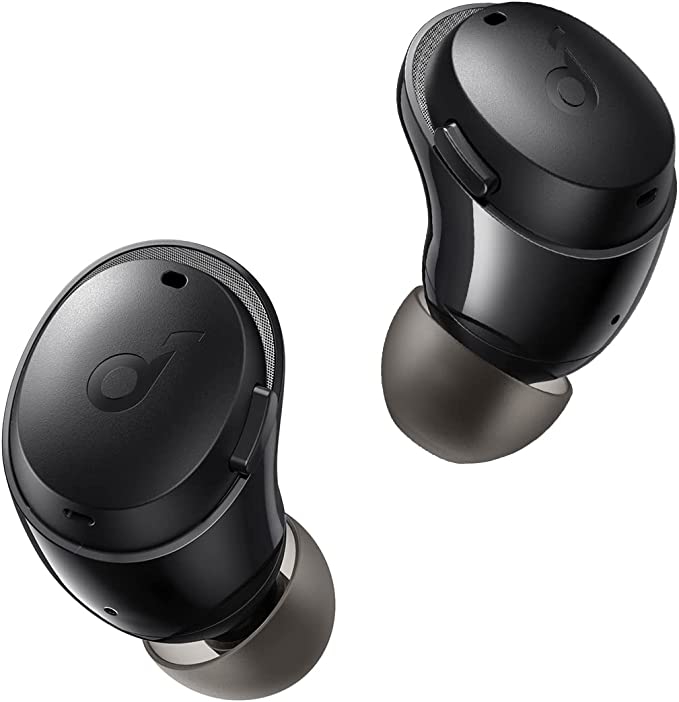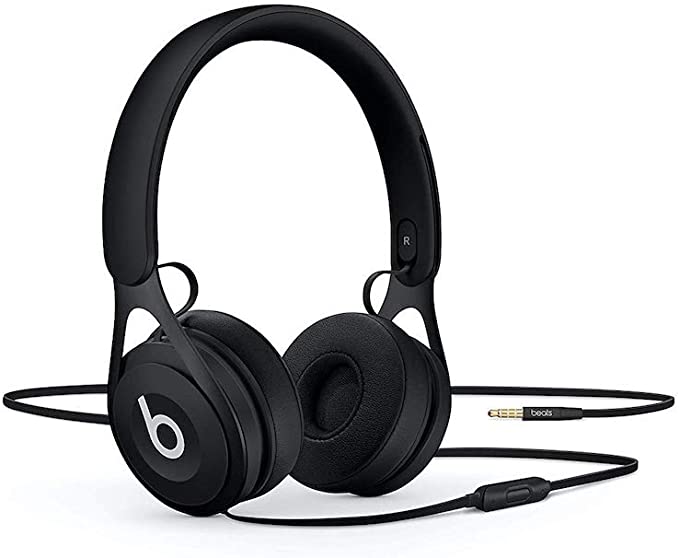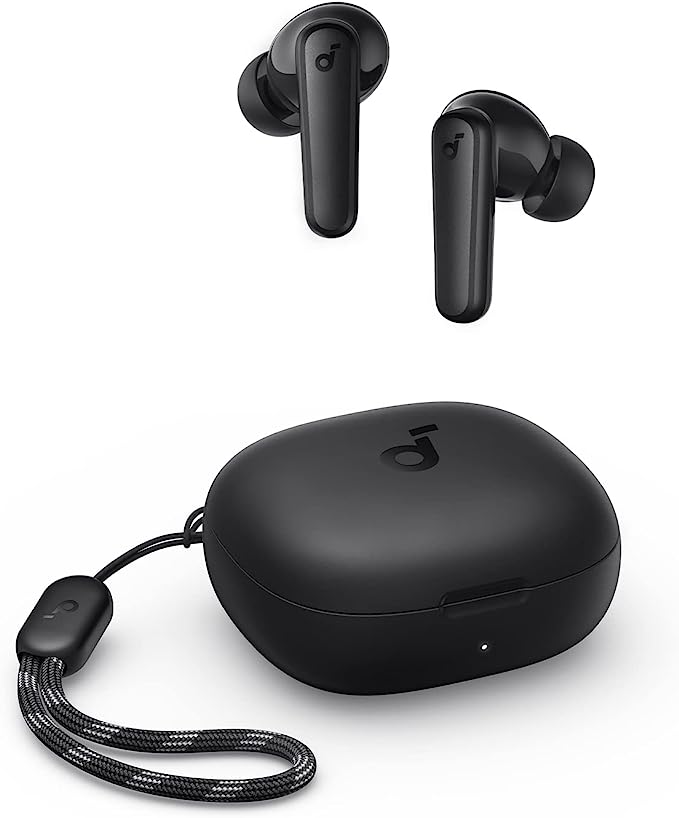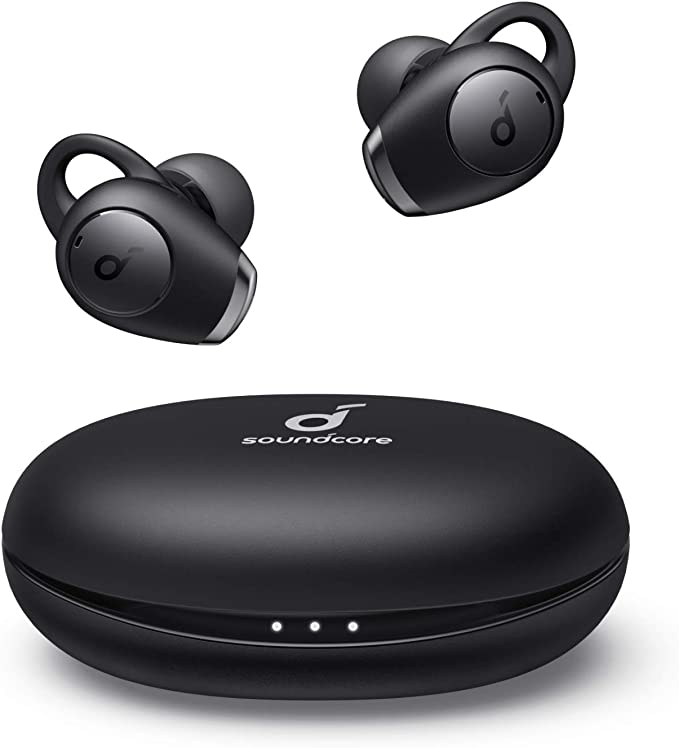Maeline 01622A On-Ear Headphones - Affordable and Vibrant Bulk Headphones for Classrooms
Update on June 30, 2025, 1:50 p.m.
The Classroom Headphone Paradox: Why Less is More in Educational Tech
In Ms. Anya Sharma’s fourth-grade classroom, a low, chaotic hum persists beneath the surface of learning. It’s the sound of the digital age in school: the tinny leak of a math game from one student’s headset, the faint rhythm of a pop song from another’s, and the constant, fidgety clicks of a volume remote. Her students have feature-rich headphones, the kind marketed to consumers with promises of immersive sound and crystal-clear calls. Yet, in this environment, these features have become vectors of distraction. This scene, playing out in schools across the country, raises a critical question: in our relentless pursuit of more technological capability, have we forgotten the fundamental purpose of an educational tool?

Enter the Maeline 01622A On-Ear Wired Headphones, a device that, at first glance, seems like a relic from a bygone era. It boasts no wireless connectivity, no noise cancellation, no microphone. It comes in a bulk pack of ten vibrant colors and costs about as much as a fancy latte. By all conventional consumer metrics, it is unremarkable. But to dismiss it is to miss the point entirely. This is not a consumer headphone. It is a precision instrument for learning, and its genius lies not in what it has, but in what it has so brilliantly left out. It is the educational technology equivalent of a simple, perfectly sharpened No. 2 pencil in an age of glitchy, overcomplicated smart pens.
The Power of Omission: Engineering for a Quiet Mind
The most profound design choices in the Maeline 01622A are the absences. The lack of a microphone or an inline remote is not a cost-cutting measure; it is a masterclass in educational psychology and classroom management.

First, the silence of the missing microphone is a powerful form of behavioral design, or what economists might call a “nudge.” It elegantly solves a pervasive classroom problem before it begins. Without a microphone, the headset cannot be used for off-task gaming chats or social video calls. It transforms the device from a potential portal of social distraction into a pure, one-way conduit for educational content. The student is architecturally guided to be a listener and a learner, not a conversationalist. The temptation is simply removed from the equation.
More profoundly, the absence of a user-facing volume control directly addresses two critical educational imperatives: student safety and cognitive focus. Health organizations like the World Health Organization (WHO) and the National Institute for Occupational Safety and Health (NIOSH) have published extensive guidelines on safe listening levels to prevent noise-induced hearing loss, a growing concern among young people. By removing the control from the student, the school can set a safe, consistent volume at the source device (the tablet or Chromebook), creating an acoustically safer environment for everyone.

Beyond safety, this design choice is a direct application of Cognitive Load Theory, a cornerstone of educational psychology pioneered by John Sweller. This theory posits that our working memory is limited. Effective learning occurs when extraneous cognitive load (distracting, irrelevant mental work) is minimized, allowing the student to dedicate their mental resources to the intrinsic load (the learning material itself). Fiddling with volume, troubleshooting a remote, or simply being distracted by the option to do so, constitutes extraneous load. By stripping these options away, the 01622A frees up precious cognitive bandwidth, allowing the student’s mind to remain uncluttered and focused on the lesson at hand. It’s not a missing feature; it is a shield for the mind.
Built for Purpose: The Science of What’s Actually There
Once we appreciate what’s missing, we can truly value what’s present. Every component of the Maeline 01622A is a testament to purpose-driven engineering for the unforgiving environment of a school.
Consider the soft, pliable earpads. They are made of silicone, a choice rooted in material science. Unlike the porous foam or synthetic PU leather found on many consumer headphones, silicone is non-porous and chemically inert. This makes it incredibly easy to wipe clean and sanitize between uses, a non-negotiable requirement for shared equipment in any school. Furthermore, silicone is highly resistant to tearing and degradation from oils and cleaning agents, giving it a durability that belies its low cost. The snug fit it provides also offers a modest degree of passive noise isolation, helping to create a small bubble of focus for the wearer.

The resilience extends to its physical structure. The most common point of failure on any wired device is the connection point. The Maeline 01622A features a right-angle, or L-shaped, 3.5mm plug. This isn’t an aesthetic choice; it’s basic physics. A straight plug acts like a lever when force is applied, concentrating stress on the delicate solder joints inside both the plug and the device’s audio jack. An L-shaped plug, however, sits flush and causes the force of an accidental yank to be distributed along the robust cable itself, rather than on the fragile connection point. It’s a simple, elegant solution to a costly, everyday problem.
Even the unseen specifications are tailored for the classroom. The headphones have an impedance of 32 Ohms. In electrical terms, impedance is a measure of opposition to an electrical current. For audio, this value is critical. A 32-Ohm impedance is the sweet spot for portable, low-power devices like tablets and laptops. It’s low enough to be driven to adequate volume without requiring a powerful internal amplifier, thus conserving the device’s precious battery life. It’s an invisible feature that ensures the technology can last through the school day.
The Elephant in the Room: Navigating the Economics of “Disposable” Tech
A dive into user reviews reveals an important data point: a 1-star rating with the simple, damning comment, “Breaks easily.” To ignore this would be disingenuous. For that individual user, the experience was unequivocally poor. But in the context of institutional purchasing, this feedback opens a crucial discussion about strategy and the Total Cost of Ownership (TCO).
Is it more cost-effective to buy a class set of thirty $50 “ruggedized” headphones for a total of $1,500, or to buy a set of thirty $2.50 Maeline headphones for $75? The expensive set may be more durable, but when one is inevitably lost, stepped on, or has its cord snipped by a curious student with scissors, the replacement cost is a significant $50. For the Maeline set, a replacement costs less than a school lunch.

This product is not designed to be a durable, capital asset. It is engineered as a consumable good, a tool designed for a high-attrition environment. As the bulk pricing shows—scaling down to nearly $2.00 per unit for large orders—the economic model is built on replaceability, not repairability. For a school district managing thousands of students and razor-thin budgets, the ability to affordably and instantly replace a broken unit often represents a more practical and sustainable strategy than investing in expensive hardware that is still susceptible to the chaos of childhood.
Conclusion: Rediscovering the Wisdom of Simplicity
Let’s return to the analogy of the No. 2 pencil. It is a tool of profound simplicity. It doesn’t need charging, it has no software to update, and its purpose is singular and clear. The Maeline 01622A headphone is its digital-age heir. It doesn’t try to be everything. It doesn’t have an app, it won’t track your heart rate, and it will not impress your friends.
What it will do is deliver audio to a child in a classroom with unparalleled focus, safety, and economic sense. It demonstrates a deep understanding of its environment, prioritizing the needs of the institution and the cognitive state of the learner over a checklist of marketable features. It is a quiet testament to the idea that the most elegant design is not the one with nothing more to add, but the one with nothing left to take away.
So the next time you evaluate a piece of technology, for the classroom or for yourself, perhaps the first question shouldn’t be, “What else can this do?” but rather, “What does this allow me to do best?” In a world drowning in digital noise, the greatest feature of all might just be a clear, focused mind.



